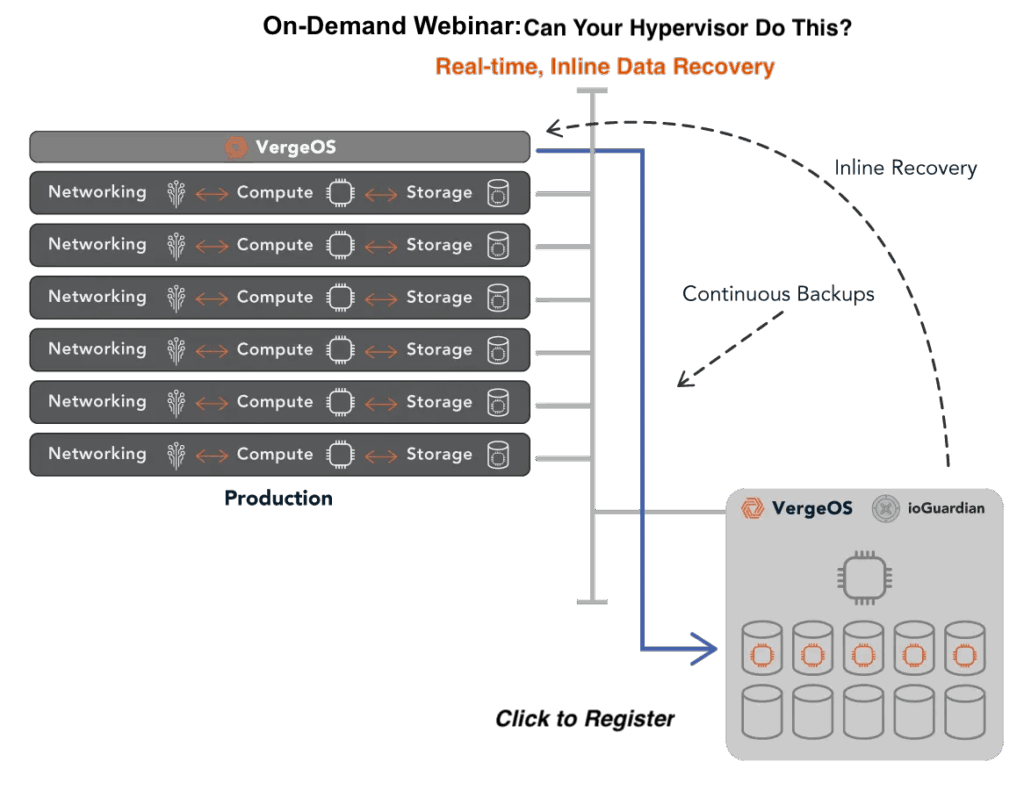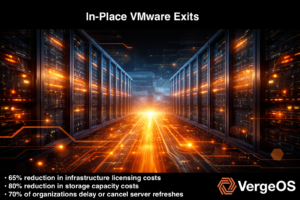Simplifying Public Sector DR enables K-12 School Districts and Municipalities to reduce costs and deliver results. These organizations understand the importance of DR, but what many lack is a DR plan that is testable, fast, and affordable, given their constraints. That’s not a failure of planning—it’s a result of budget limitations, lean IT teams, and the high cost and complexity of traditional DR solutions.
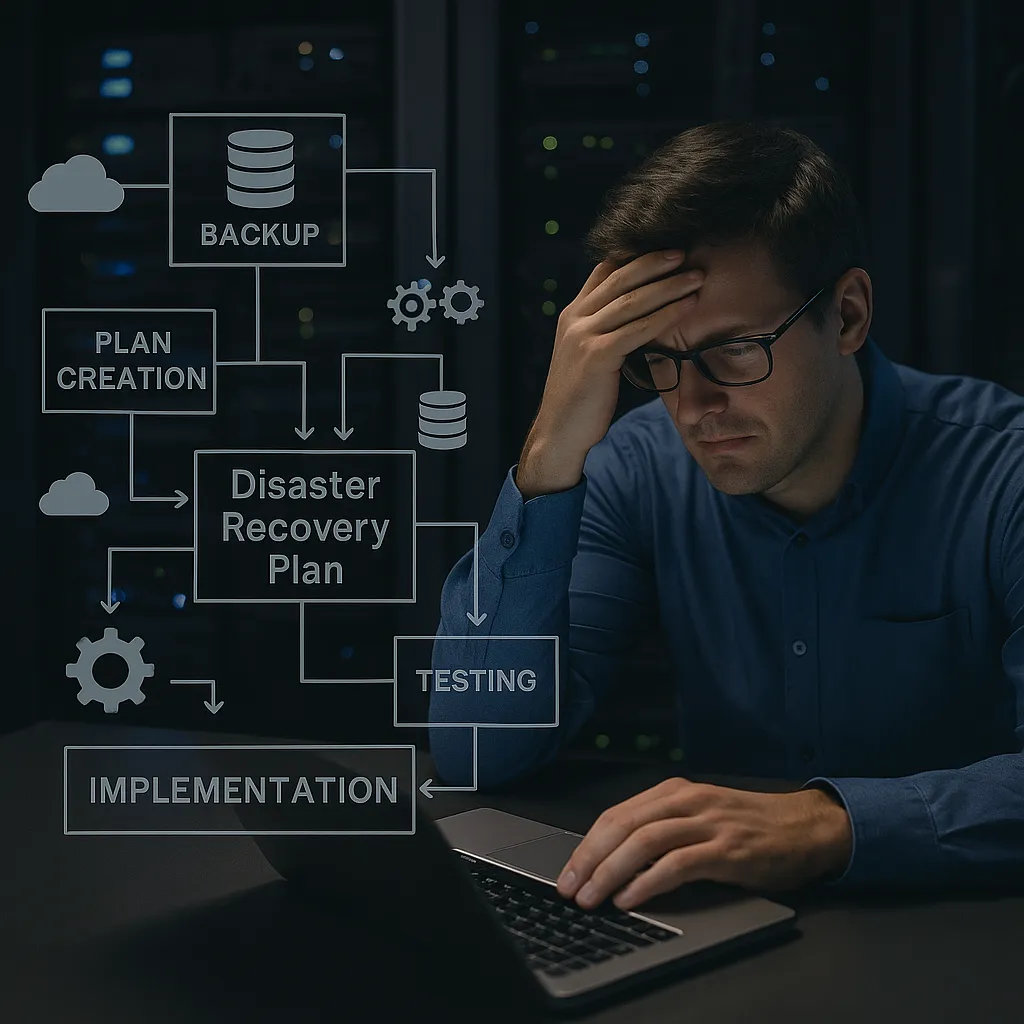
Many school districts operate multiple campuses. Municipal governments manage buildings spread across city limits. Both have reliable connectivity. In both cases, there is physical infrastructure in place, but rarely the budget to dedicate one site solely to DR. Traditional DR strategies assume a dedicated site with identical hardware, duplicate software environments, and dedicated licensing. These DR solutions require time and staff availability to conduct failover testing. These assumptions don’t reflect the reality of public sector IT.
VergeOS helps bridge the gap between DR expectations and public sector constraints, simplifying Public Sector DR. Instead of requiring a dedicated second data center or additional backup infrastructure, it enables cross-replication between production environments and embeds DR directly into the core platform at no extra charge.
Simplify DR Without Extra Infrastructure
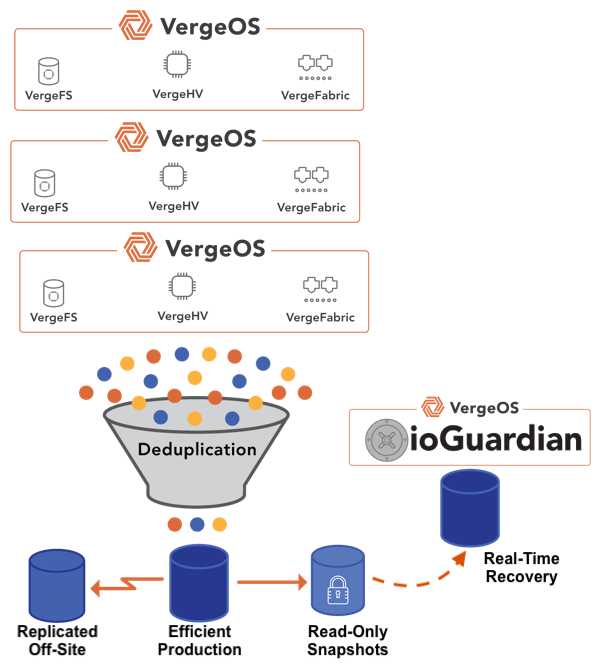
VergeOS is a unified platform that includes virtualization, storage, networking, AI, and data protection. It simplifies DR by eliminating the need for separate backup software, replication tools, or orchestration systems.
VergeOS’ ioClone technology drives snapshots, while real-time recovery is enabled through ioGuardian. ioGuardian continuously syncs deduplicated snapshots to another standalone VergeOS node or another cluster. That cluster can be housed in another server room, another municipal building, or even another school campus. If a hardware failure occurs, even multiple simultaneous failures, ioGuardian serves the required data inline, eliminating the need for formal restores or downtime.
There’s no need to provision standby hardware, rehydrate volumes, or manage failover scripts. Recovery happens within the same operational environment used daily.
During a proof of concept at St. Clair County RESA, multiple nodes failed during stress testing. The team experienced no downtime—ioGuardian handled the failure without interruption.
“ioGuardian was seamless. If it weren’t for the alerting system, we wouldn’t even have known there was a failure.”
— James Marsack, Senior Network Engineer, RESA
That recovery isn’t a secondary feature—it’s native to the VergeOS platform. For public sector IT, this turns DR from an isolated function into a core capability.
Simplify DR Testing
Simplifying Public Sector DR means addressing a major weakness of traditional DR implementations, the lack of routine testing. Testing requires time, staging infrastructure, and risk tolerance—resources that small IT teams managing day-to-day operations don’t have. When production consumes all available bandwidth, DR testing gets pushed aside. As a result, recovery plans remain unverified until something breaks.
VergeOS changes that. Every snapshot is an independent, bootable image with no dependency chains. These snapshots can be cloned instantly into test environments without impacting production.
Simplifying Public Sector DR with VergeOS’ Virtual Data Centers (VDC) delivers unprecedented DR confidence. VDCs are an isolated slice of infrastructure, each with its own compute, storage, and network boundaries. VDCs can be created for each campus in a K-12 use case or each department in a municipality use case. Once created, entire VDCs can be snapshotted to create realistic testing zones that behave like production but are contained and safe to experiment in.

With VDC snapshots, disaster recovery testing becomes part of standard operations. IT teams can simulate failures, validate recovery workflows, and rehearse failover processes without service disruption. This level of confidence is impossible with legacy backup tools or external orchestration layers.
VDCs solve the patching problem. Updates can be applied and validated in a cloned VDC before touching production. If something breaks, the production VDC and other VDCs are unaffected. This removes the need for risky maintenance windows and eliminates reliance on rollback plans. Patch management becomes a controlled, repeatable task.
VergeOS enables small public sector IT teams to test recovery plans, validate infrastructure changes, and apply updates without sacrificing uptime or diverting staff from their primary responsibilities. In this on-demand webinar, we demonstrate how to execute a complete disaster recovery in a few mouse clicks.
No More Hardware-Heavy DR Plans
DR strategies assume the need for a dedicated DR site with near-identical infrastructure. That’s not feasible for school districts or local governments with fixed funding and long procurement cycles. VergeOS allows IT teams to build DR clusters using retired servers or repurposed hardware.
Because VergeOS supports heterogeneous clusters, you can mix and match older and newer hardware. Global deduplication reduces the amount of data that needs to traverse the WAN, lowering bandwidth requirements and minimizing the required capacity at the DR target. Also, with flat-rate per-server licensing, there are no penalties for maintaining standby capacity.
Simplify DR with Cross-Replicating Production Sites
School districts and public sector organizations can leverage their need for production servers in each of their multiple buildings or campuses by implementing cross-replication, rather than maintaining a separate, dedicated disaster recovery site. With VergeOS’ support for heterogeneous clusters, recovery environments don’t need to match production hardware.
In these designs, Site A protects Site B, and Site B protects Site A, using infrastructure that currently supports live services. This eliminates the need for idle hardware and allows both environments to remain active, monitored, and continuously validated.
Global deduplication plays a key role in making this model efficient. Only unique data between the two sites is replicated, minimizing bandwidth consumption and storage requirements at the remote end. This not only improves performance but reduces the cost of maintaining a resilient, multi-site architecture.
VergeOS is resilient even if there is a network outage between two connected sites. During a prolonged network outage between their two production sites, Lancaster Central School District saw VergeOS resilience in action.
“We lost communication between sites for an extended period. With our old VMware-based architecture, both sites would have gone down for the duration. But with VergeOS, everything kept running. Each site remained operational on its own, and once connectivity was restored, they resynchronized automatically—no manual intervention needed.”
— Tim Johnson, Senior Systems Administrator, Lancaster Central School District
This automated, platform-level recovery is critical for teams that don’t have the time or resources to manually re-sync systems or troubleshoot replication failures under pressure.
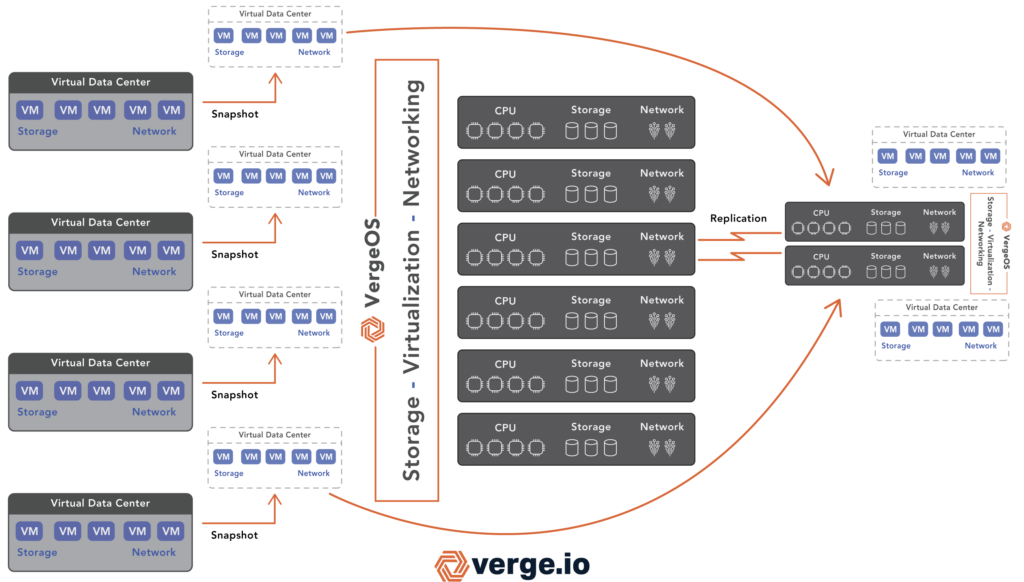
Final Word
K–12 school districts and municipal IT departments face the same threats as any enterprise—hardware failure, ransomware, service outages—but without the same level of funding or staffing. A dedicated site, duplicate hardware, and third-party orchestration tools are often out of reach. VergeOS makes simplifying Public Sector DR achievable by leveraging the infrastructure you already have, embedding resilience into the platform, and removing the need for separate tools. It meets all the Public Sector requirements for DR.
Whether you’re preparing to exit VMware or simply trying to build a sustainable DR strategy, VergeOS offers a path that aligns with public sector realities, without compromise.
Learn more about how VergeOS can help K-12 and Public Sector modernize infrastructure.

